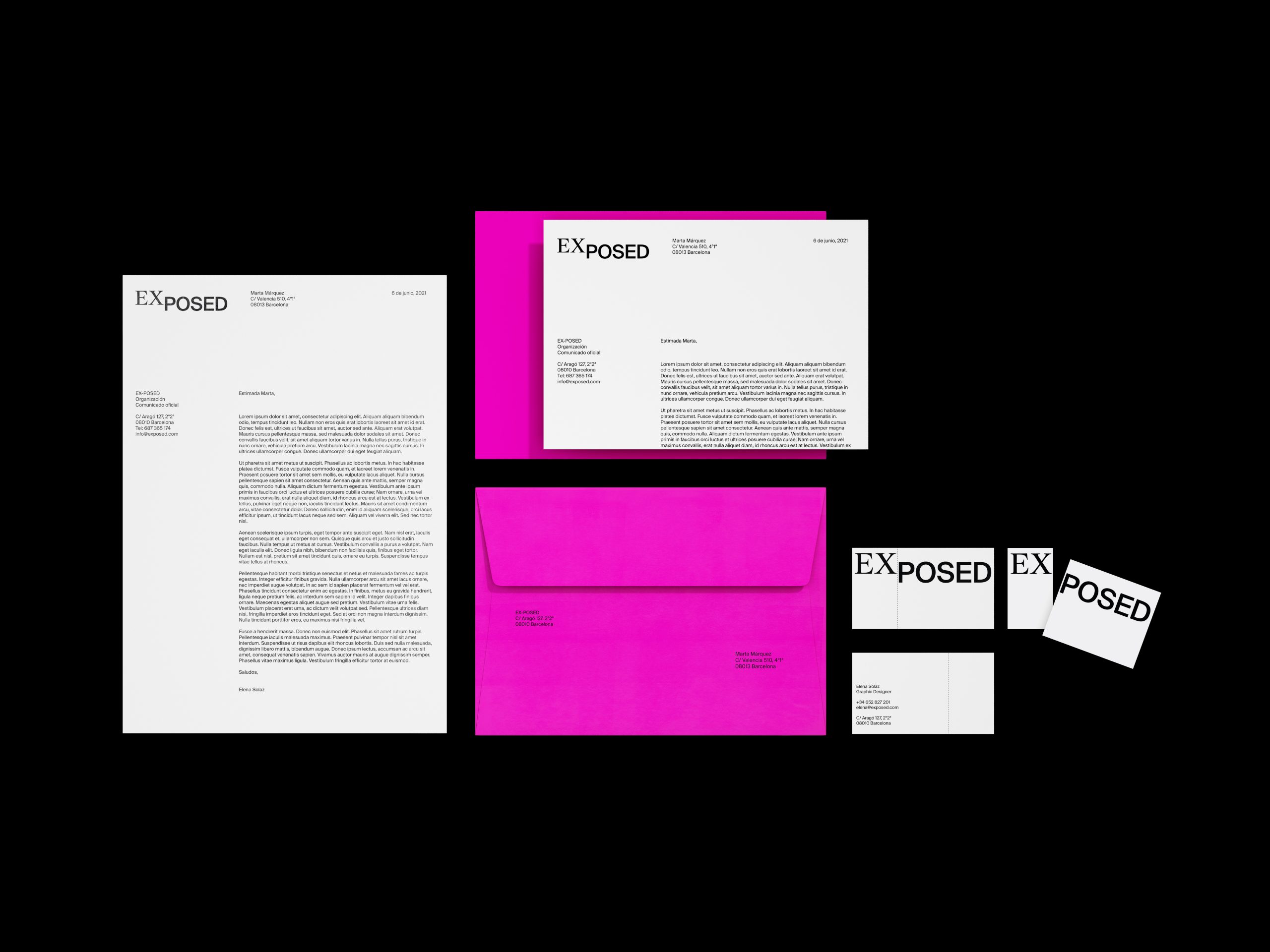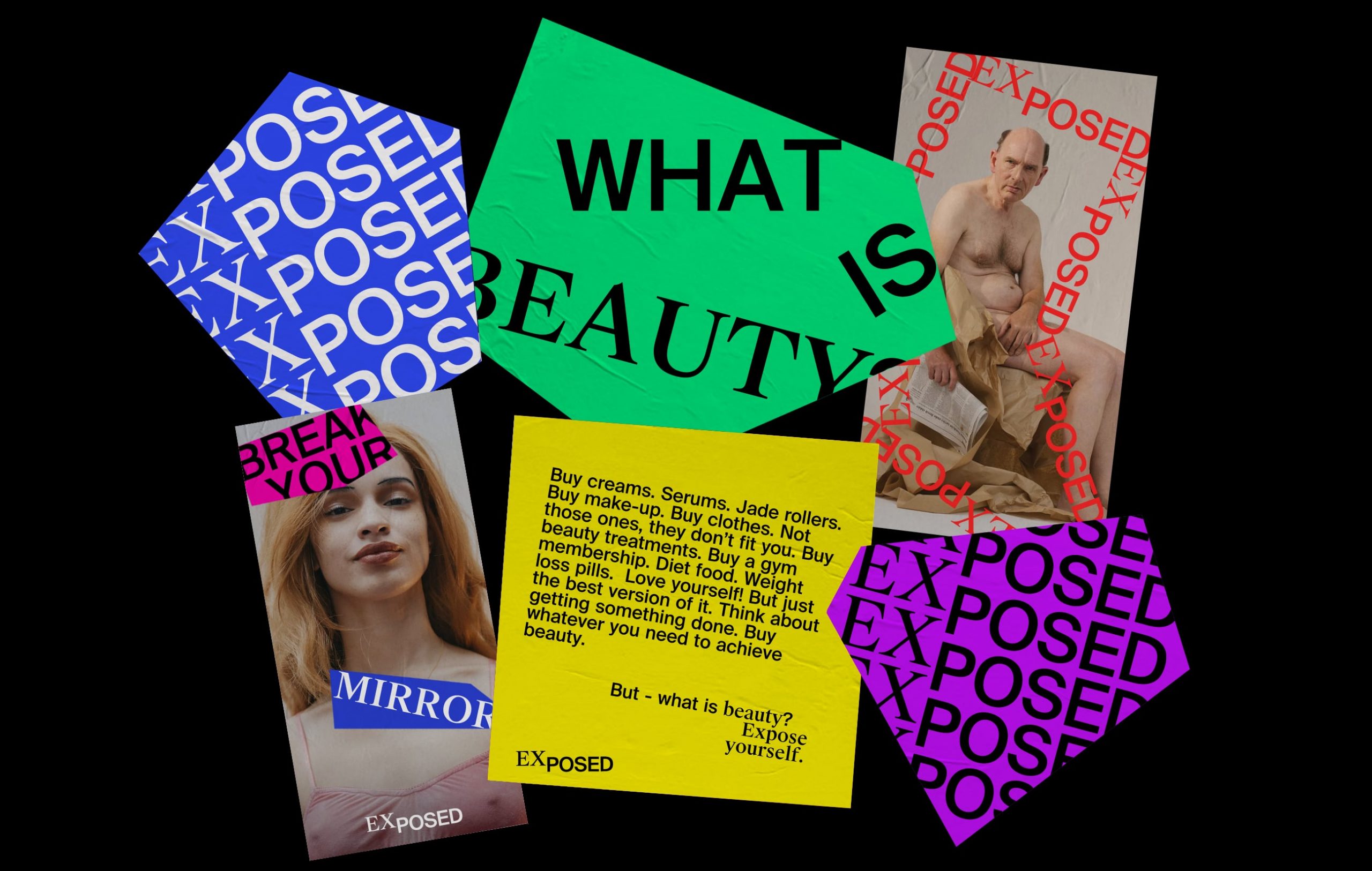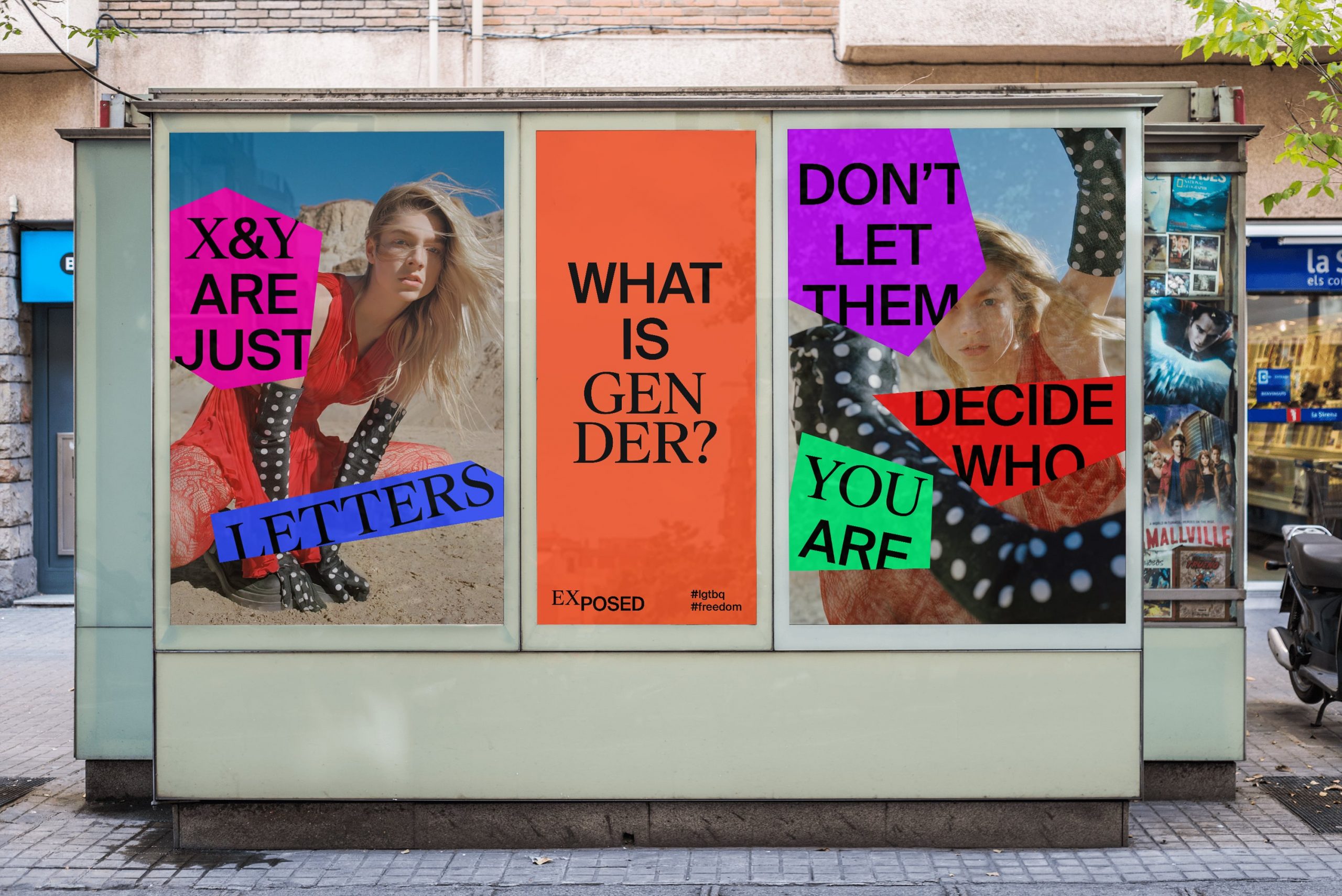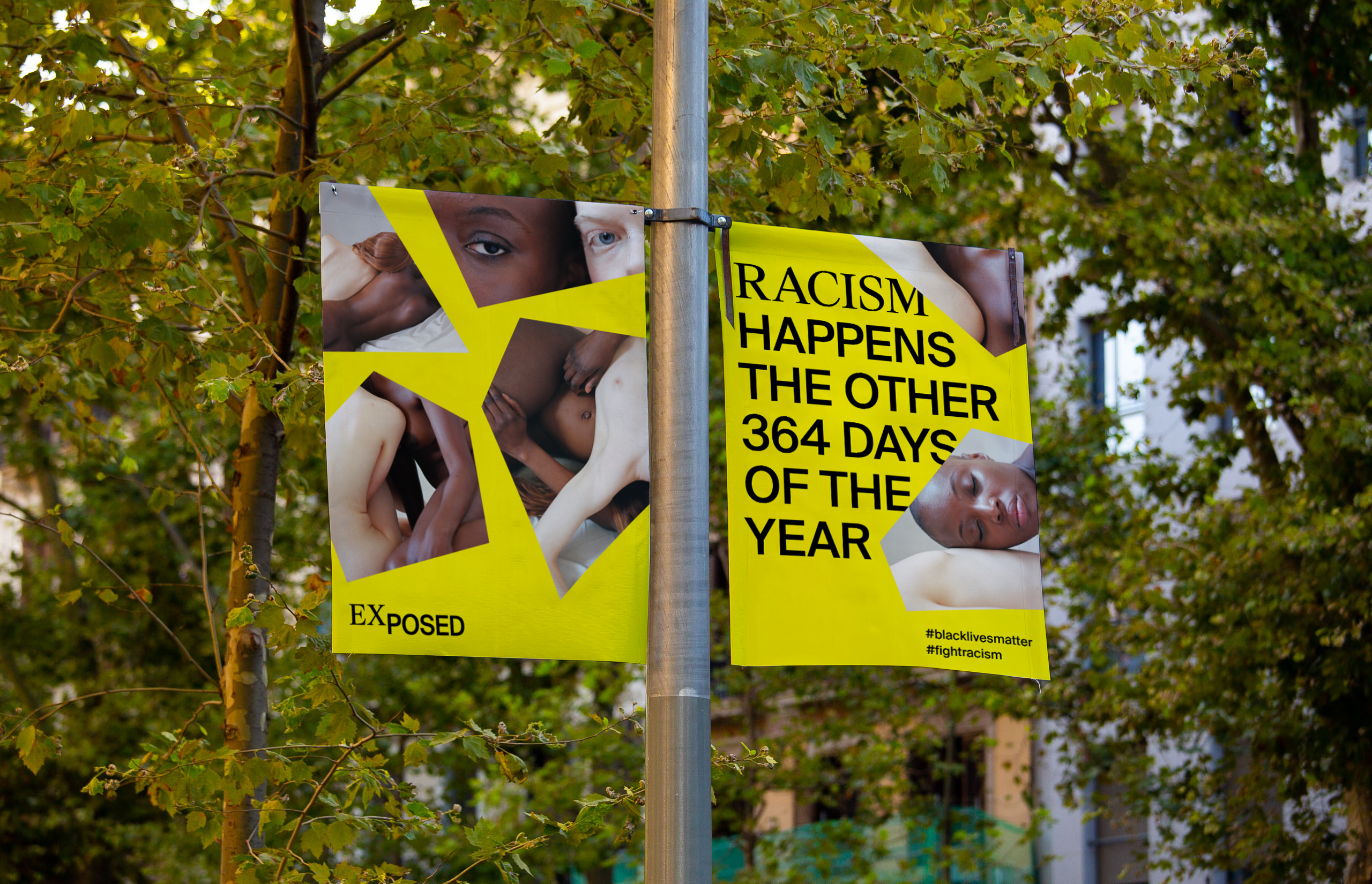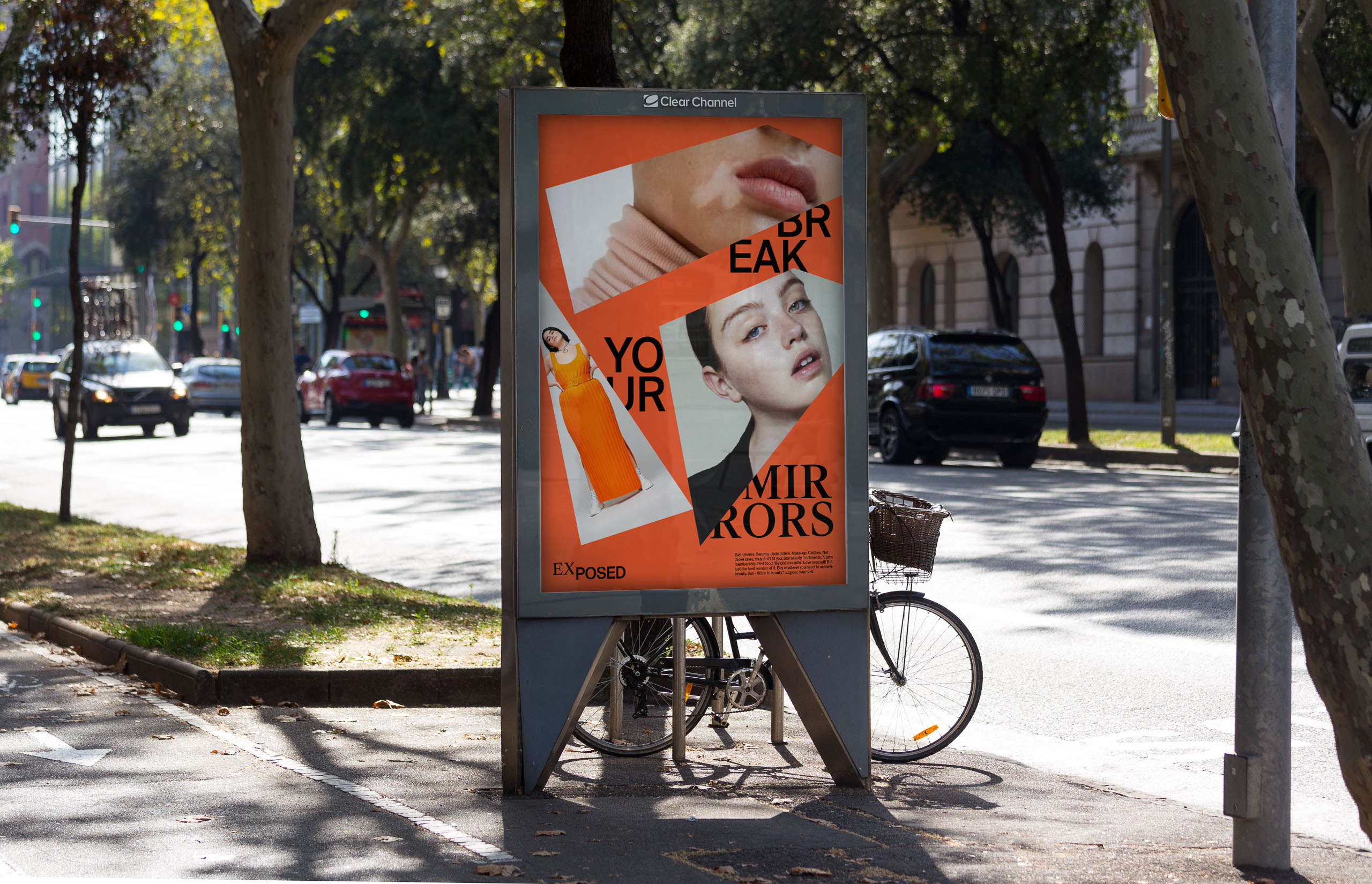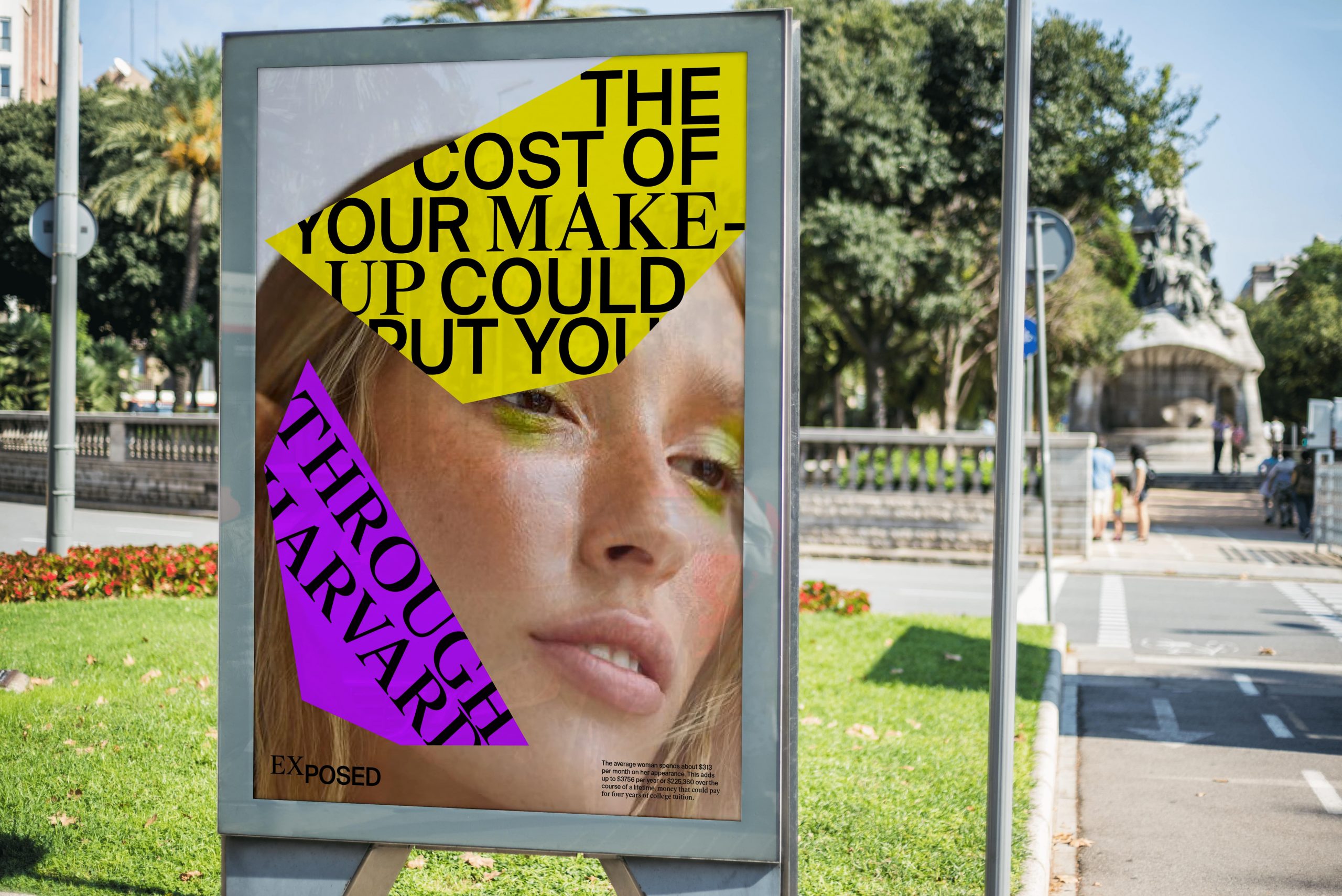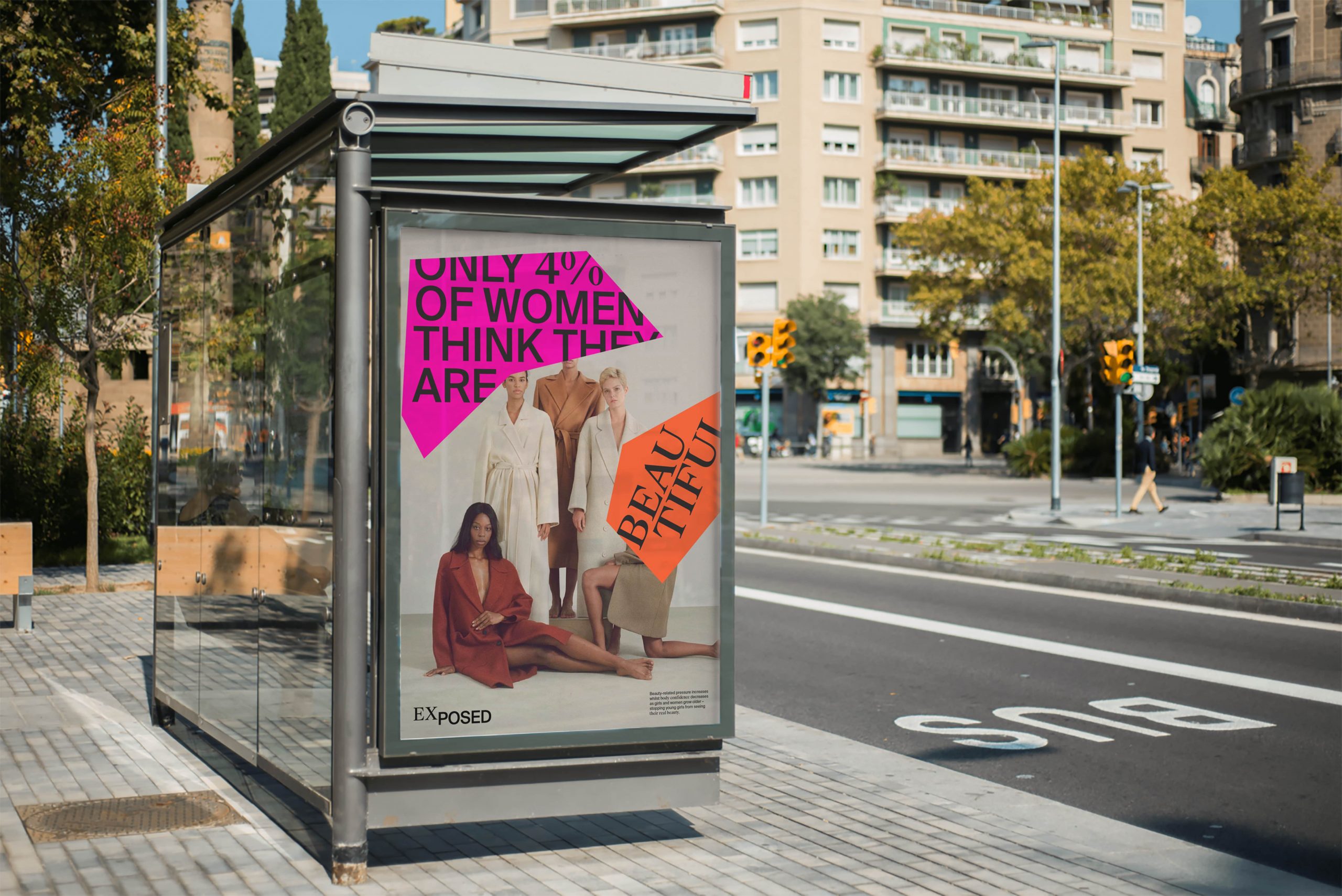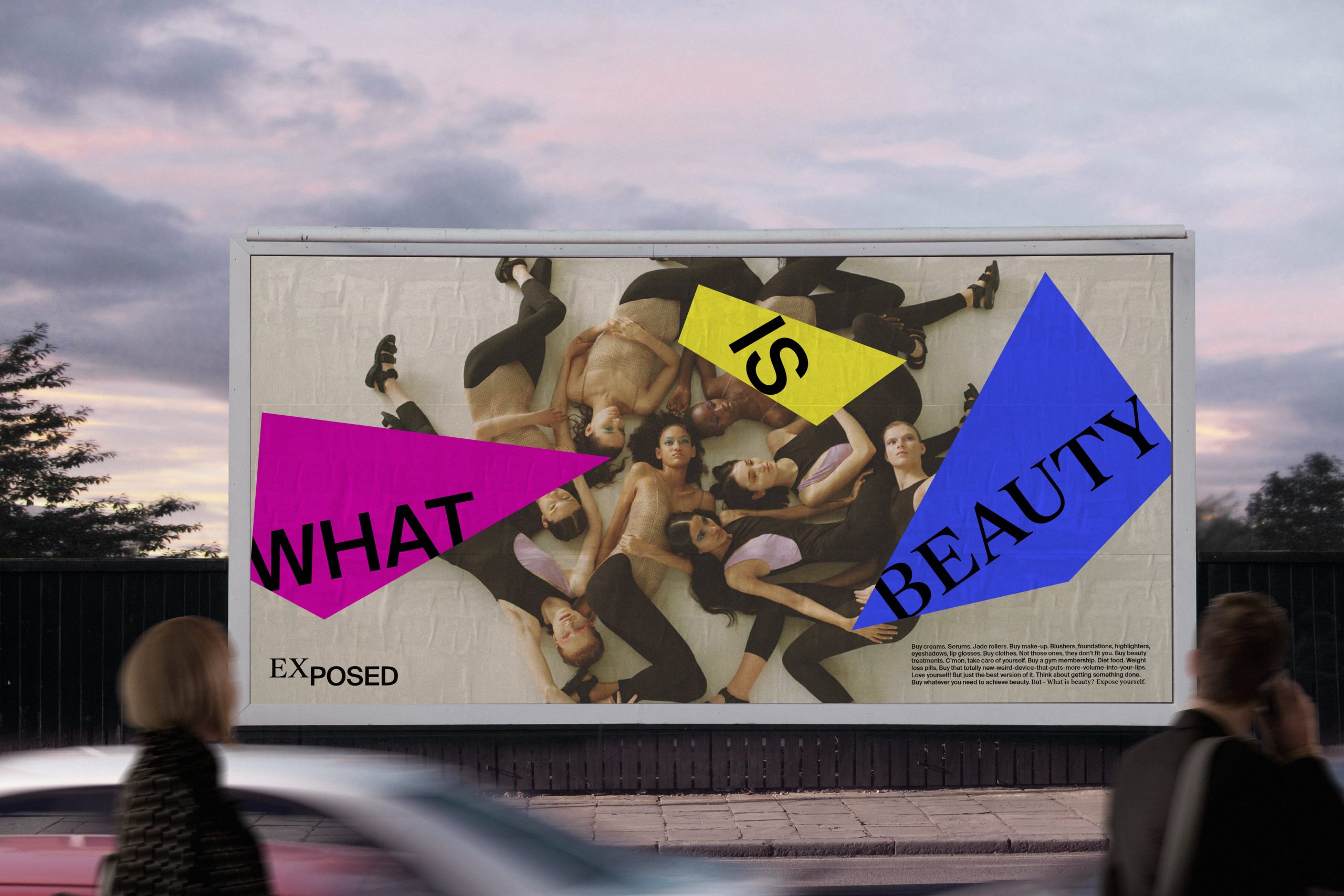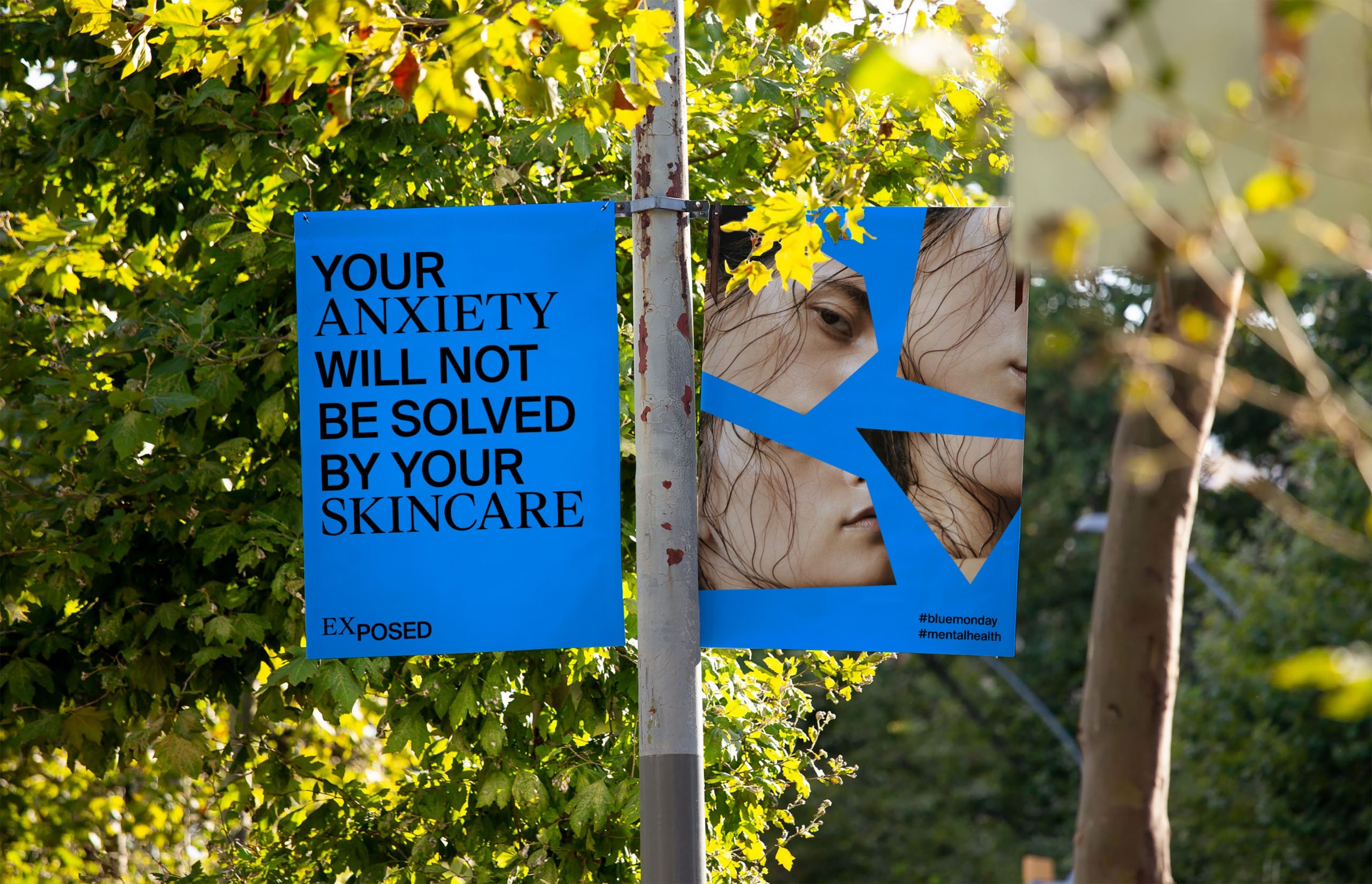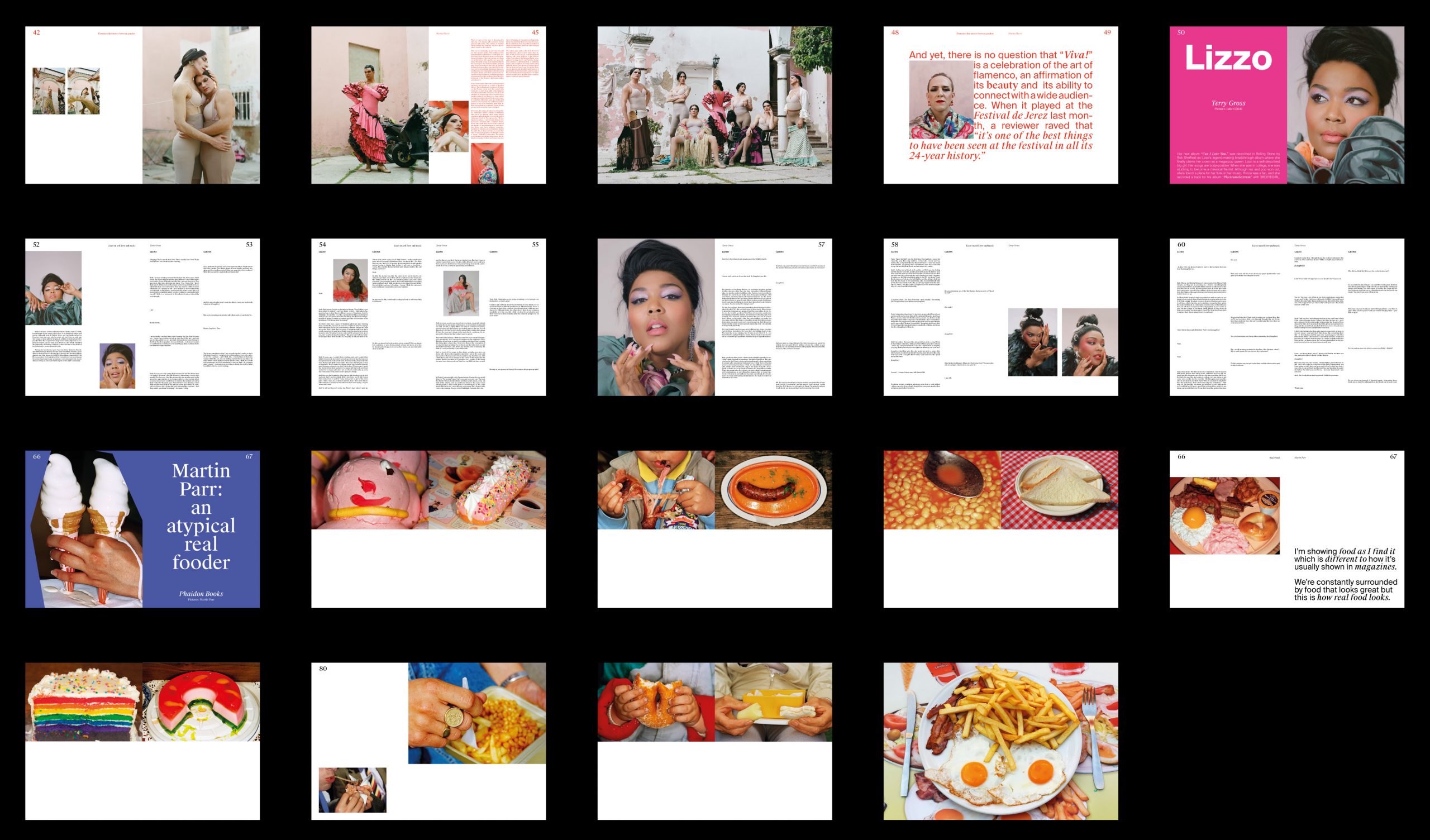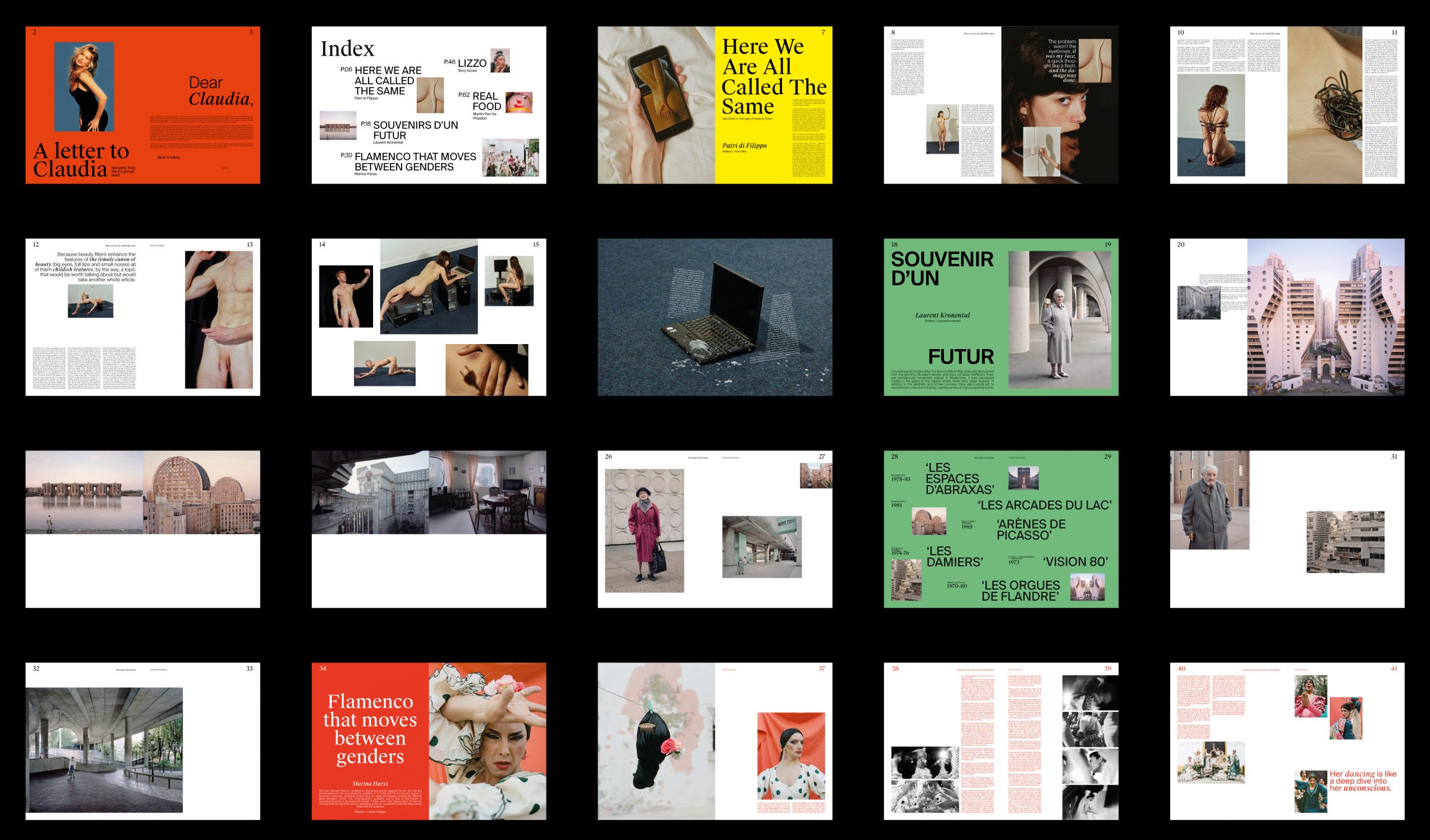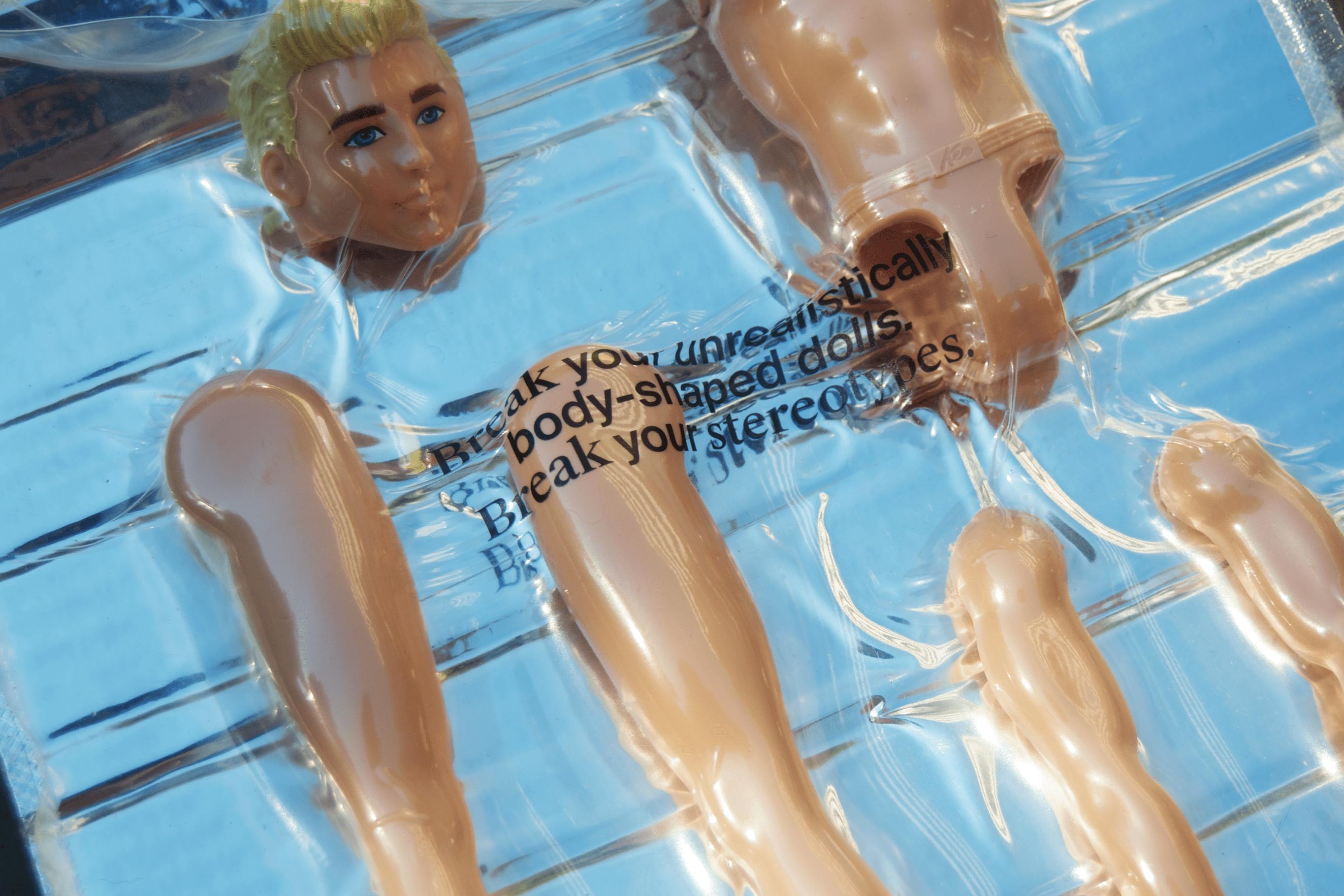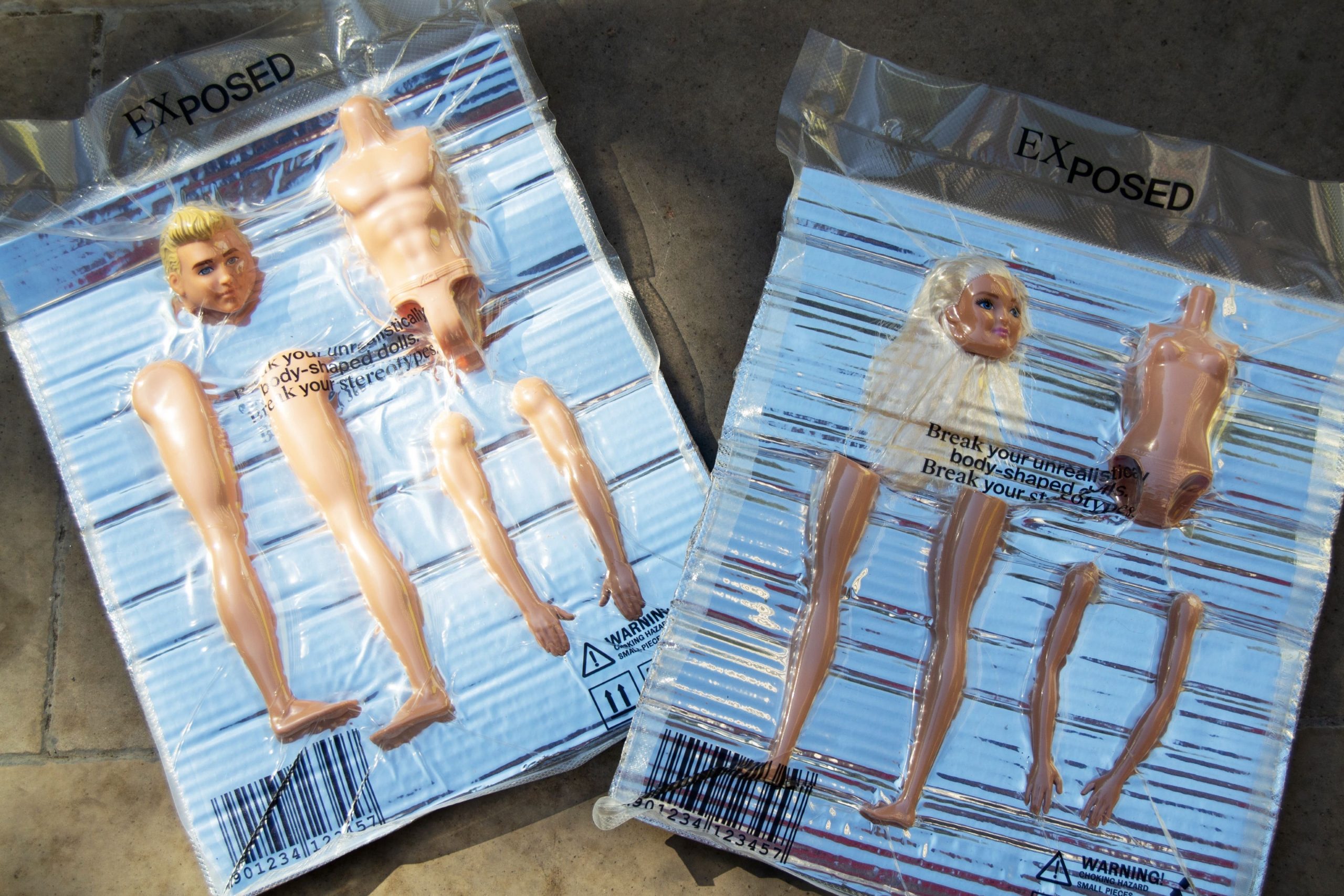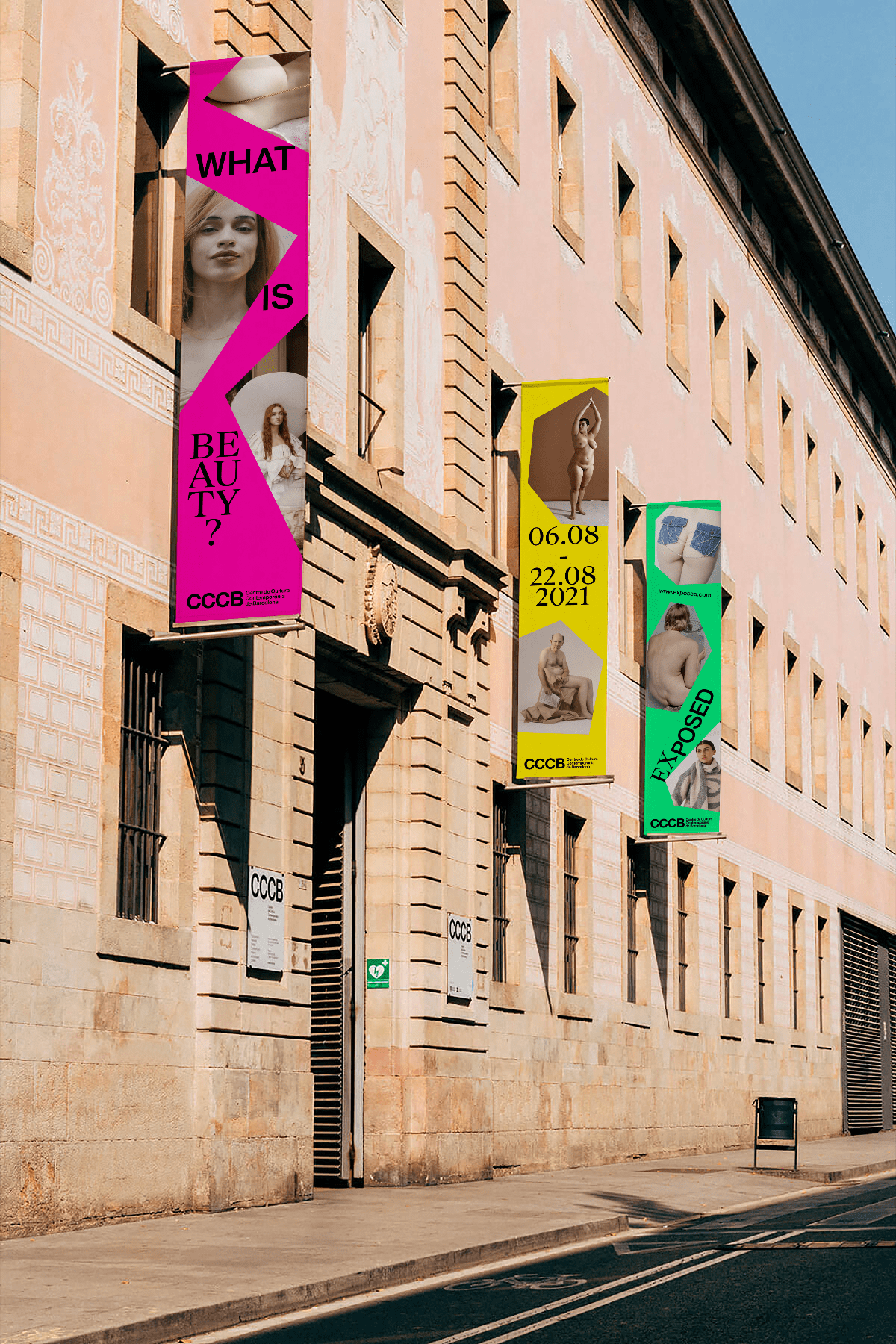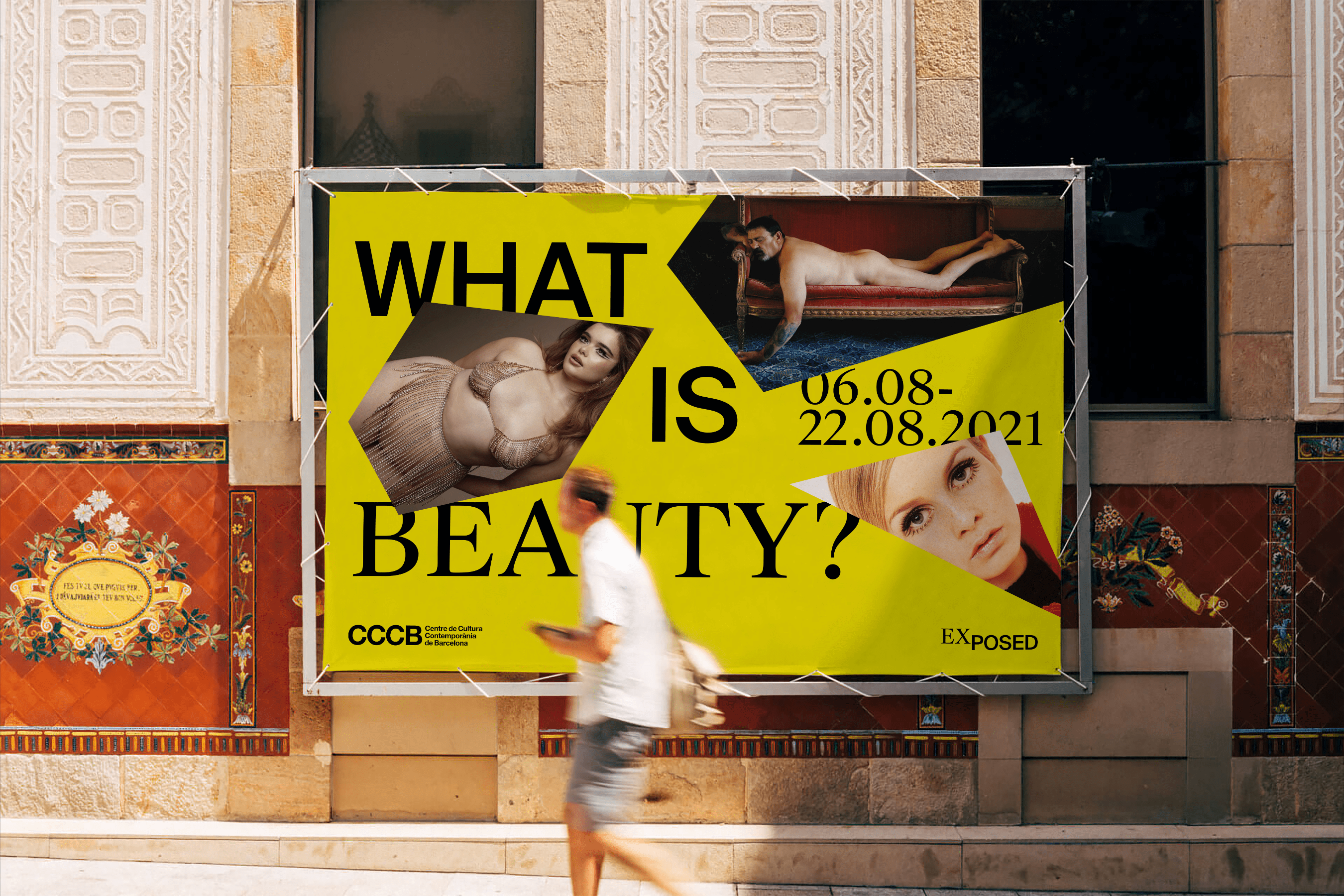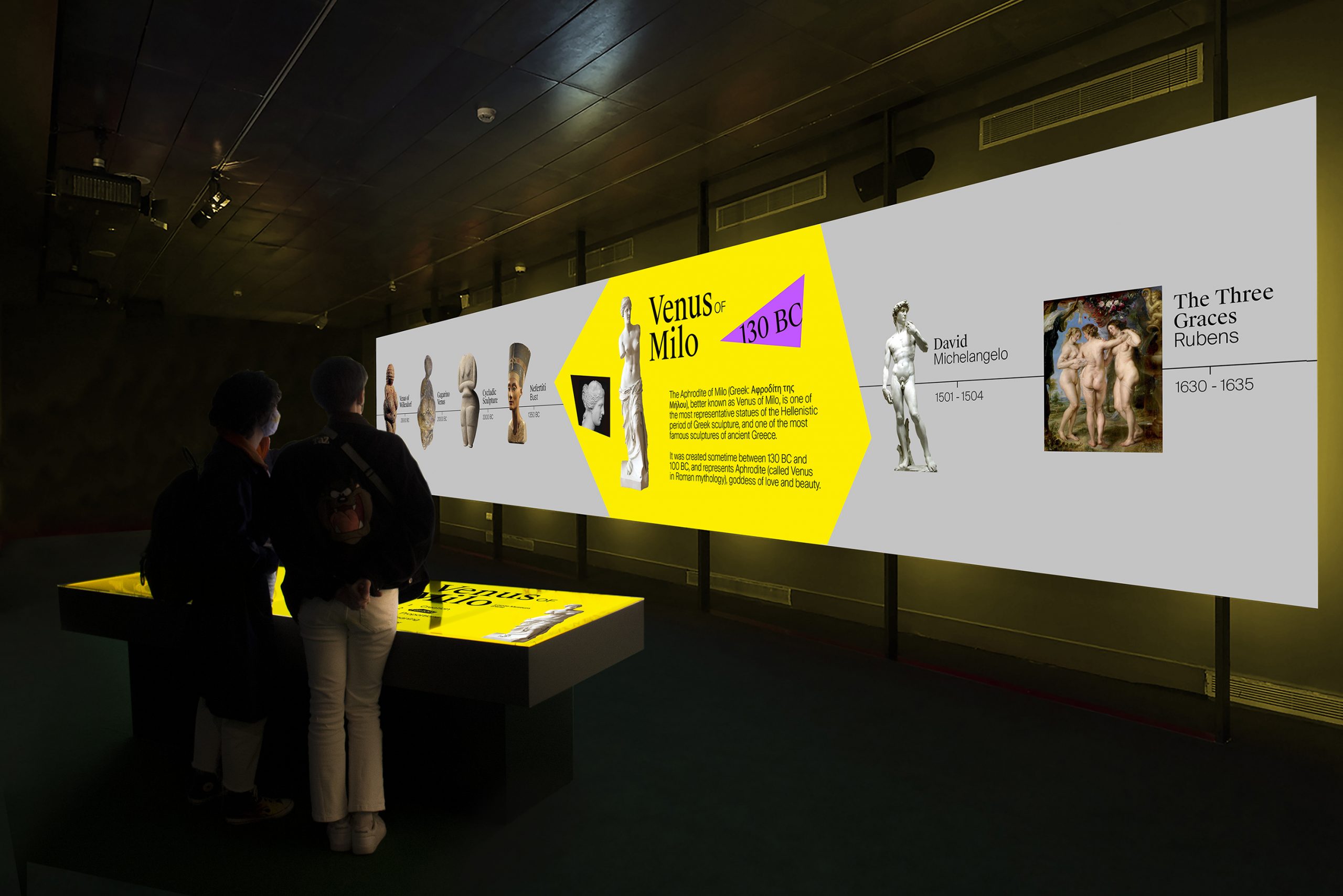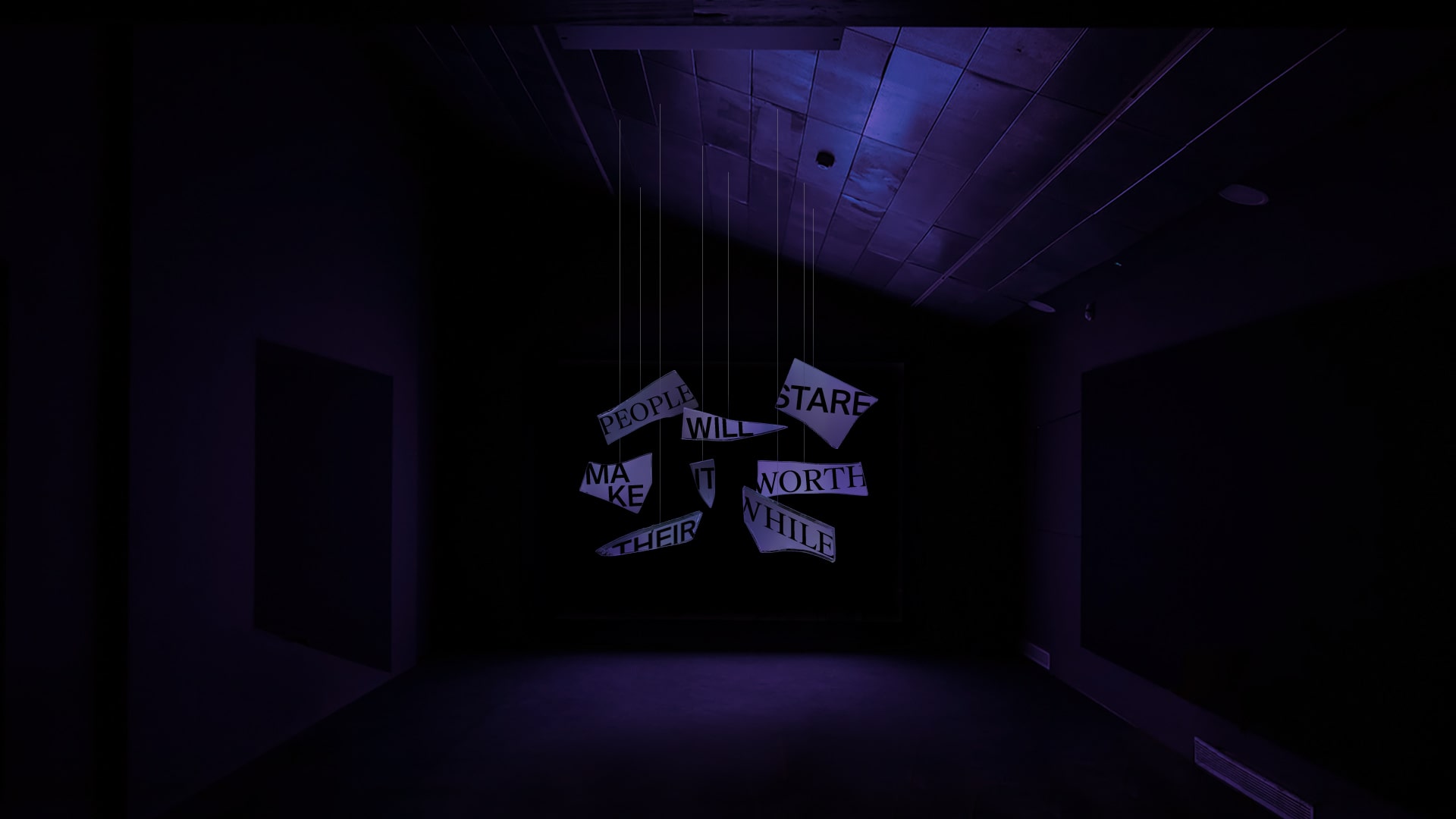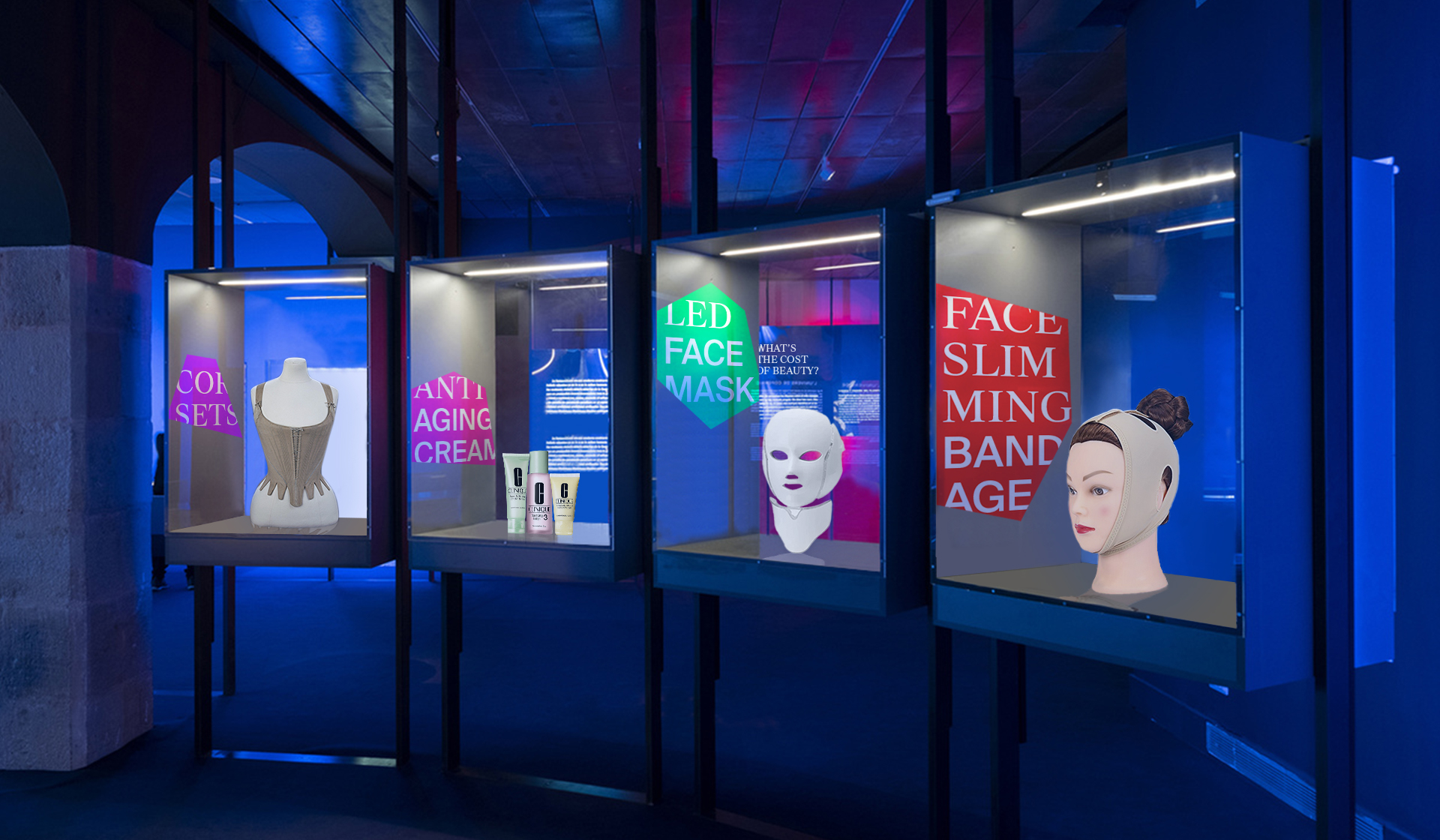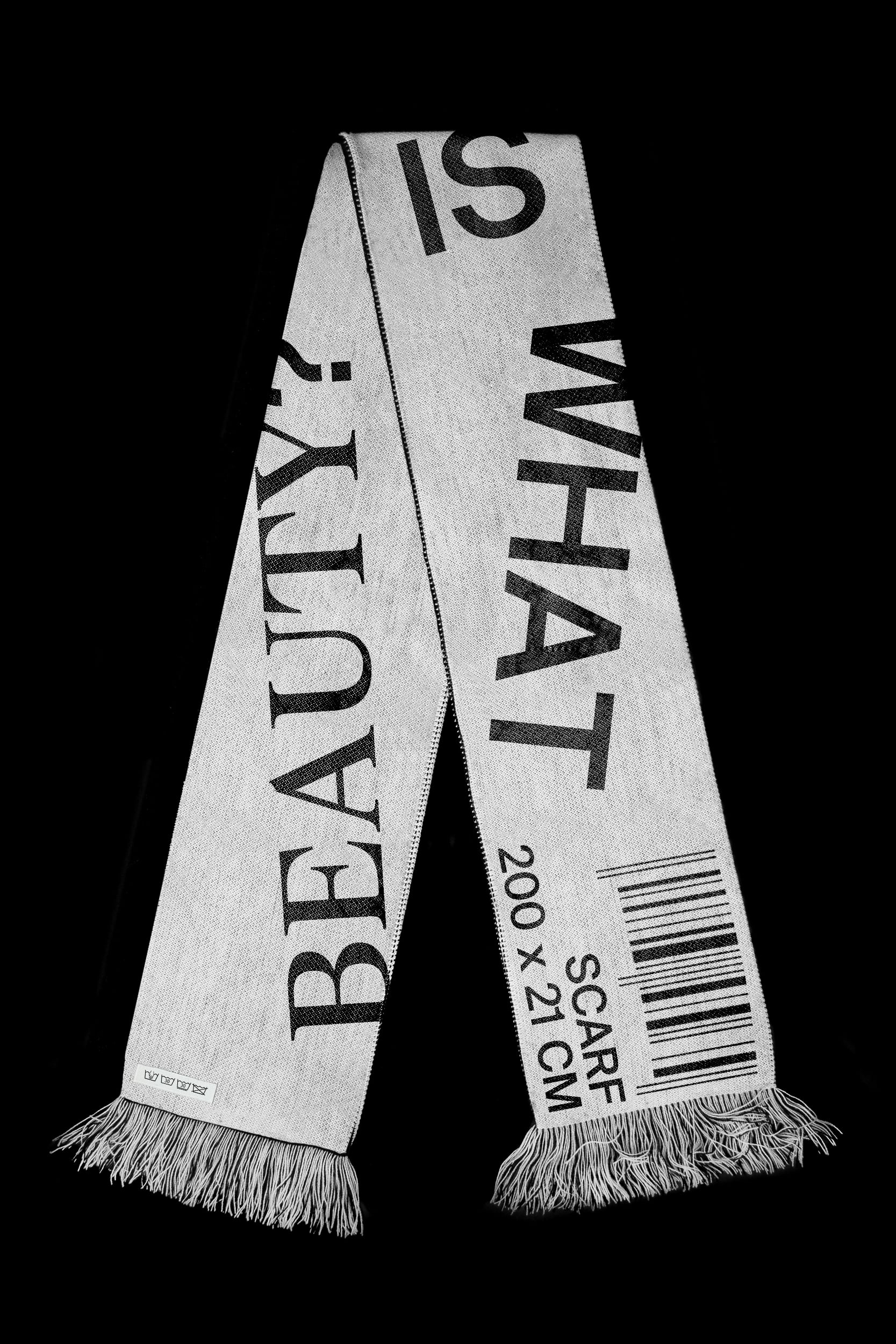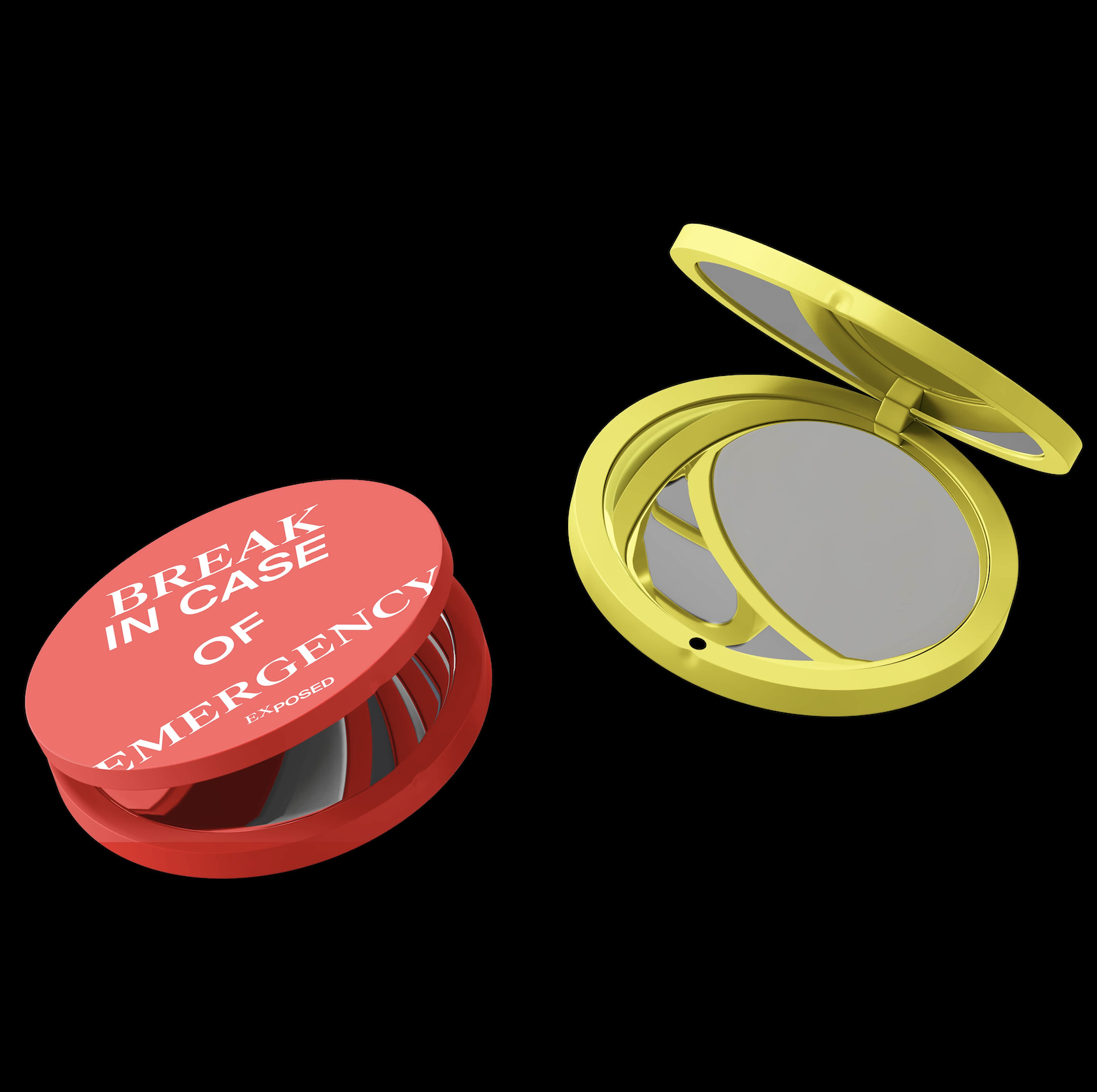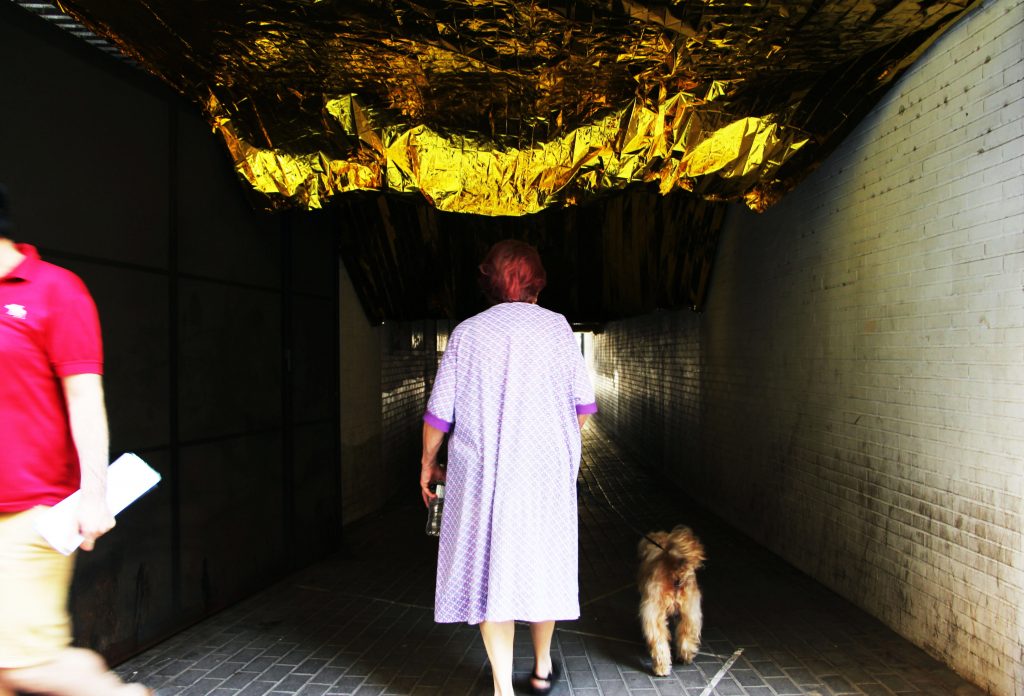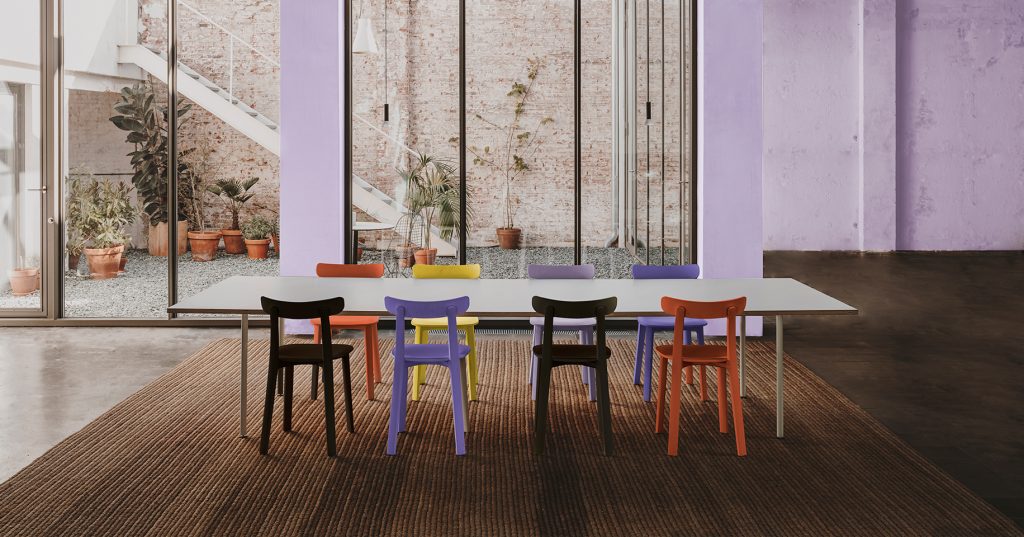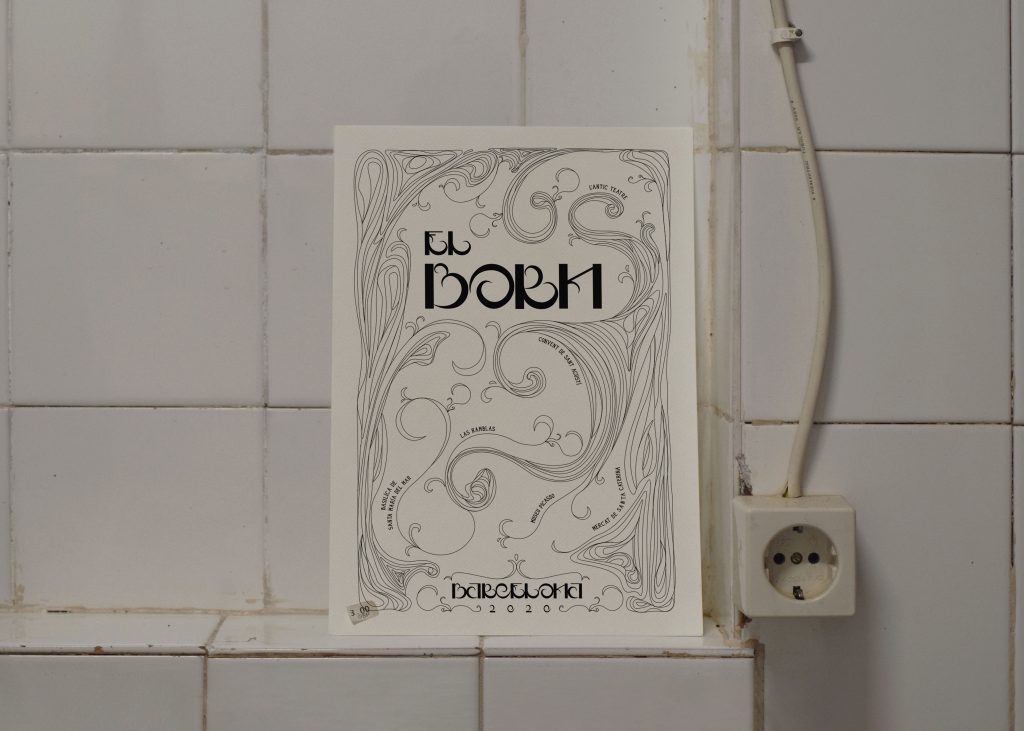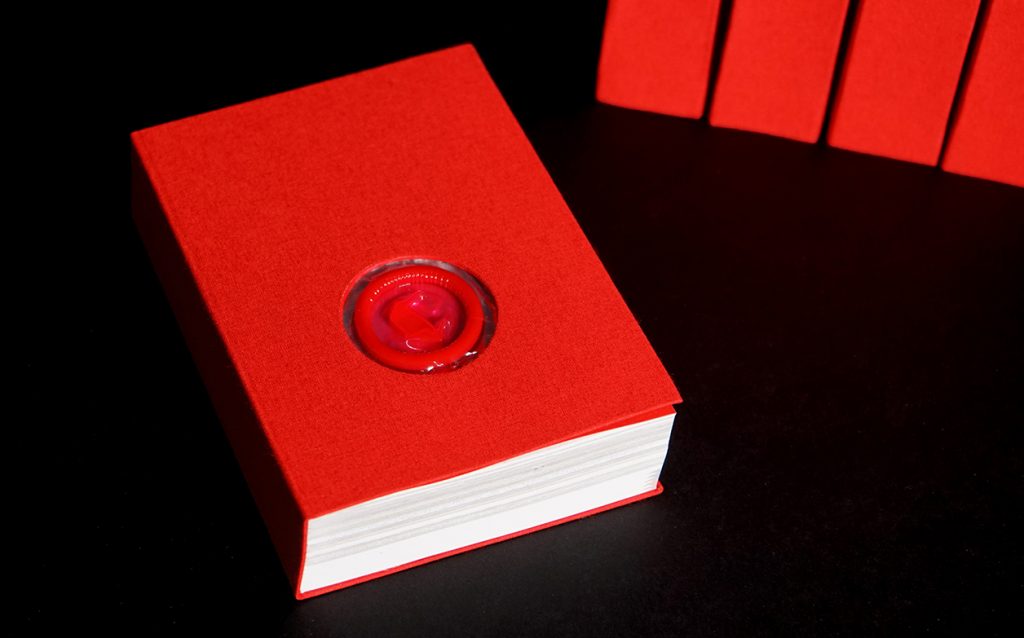EX-POSED
Amplifying beauty standards
EX-POSED is a media and entertainment platform that provides education and outreach for teens and adults, helping to broaden beauty standards.
But to do so, first we all have to ask ourselves the one and only question:
– What is beauty?
Why is Ex-posed among us?
In the visual age where we live, we never stop devouring images and, with the advent of the digital world, we ourselves have become a facade of what we dream to be. Human beings have always lived under beauty standards that change depending on historical contexts and society, but this change is now so ephemeral that it is impossible to keep up with it. Beauty today, like everything else, is disposable, and therefore, frustration and consumption, constant. It is not only necessary to be up to date, it is necessary to show it.
On our website you can easily learn all about the history of beauty and fashion standards while you literally break with them.
Apart from learning more about beauty canons through the years, we also want to challenge users to mess with their own image through an interactive experience where they can distort themselves in order to question future standards.
A graphic system that goes beyond digital boundaries and succeeds exploring the physical world.
On our one shot publication, we want the user to literally break the cover of a Vogue magazine to get to our real content. When breaking it, they are also breaking with all the normative standards that beauty magazines preach nowadays. After that, they’ll have to face their own reflection to move on and discover the content. Martin Parr, Lizzo, brutalism and identities in a post-humanistic society are some of the subjects presented in the magazine.
Barbie and Ken are the first touchpoints we as human beings have with beauty standards, complexes and body shaming.
So, why not wreck that too?
Are platforms like Tinder also guilty of celebrating beauty as just another consumer good?
Through a Tinder campaign we want people to question the way they choose love in the most famous existing dating app. Do we just base our partner preferences only on images through a screen or is there something else?
People can also participate in an interactive exhibition about the past, the present and the future of beauty.
This itinerant exhibition will let them learn about the history of beauty standards, while playing with their own reflections in broken mirrors and watching random and absurd objects which were used to enhance our beauty over the years. The question we want people to ask themselves after some time is the next one: Why do I like what I like?
